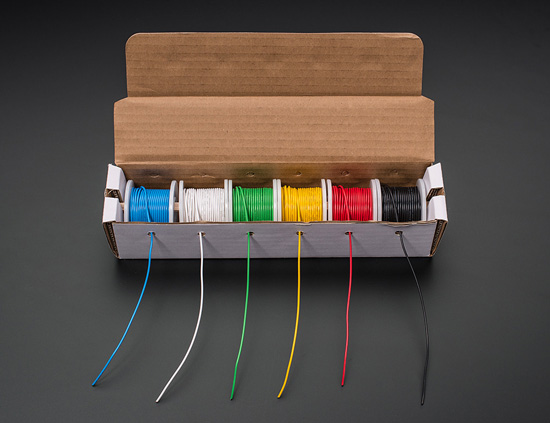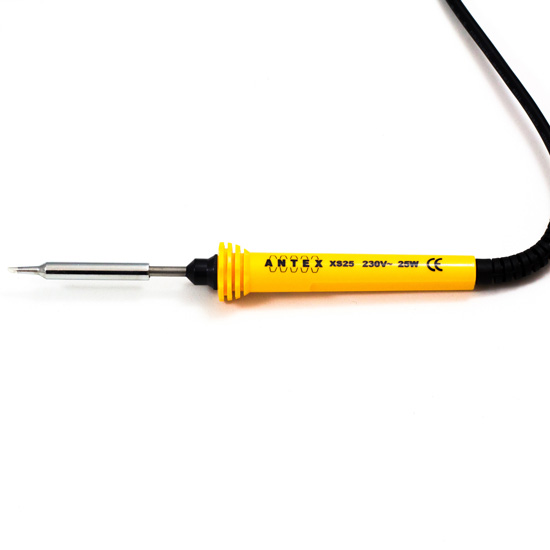We’re into digital making here at The MagPi and this almost always involves build a circuit: first as using prototyping board (or breadboard) and then as a permanent physical circuit board.
Incredible projects using Raspberry Pis cross our news and social feeds every day, and we love to discuss them and how we’d go about making them.
We tend to cover many programming and small projects in the magazine, so we don’t often get to do the big impressive builds. If you have collected a few bits and bobs to build these small projects, you may have assembled the kit you need to attempt something bigger.
In this feature, wee’ll show you what you need to make your own amazing, Raspberry Pi-powered monster projects with circuits.
Circuit starter guide: start out with a prototype
The humble breadboard is an amazing device for prototyping circuits. We often use them in our tutorials, as they allow you to quickly wire up LEDs and other components to test concepts for your projects. Hopefully you already have one, but if not you can buy them from anywhere that sells electronics components, including Pimoroni, The Pi Hut, ModMyPi, etc.
Breadboards allow you to connect up components without the need for soldering. You can reuse the components and quickly rearrange them to test your ideas. You can wire them up to each other and to a Raspberry Pi to create a circuit. Some of the holes are connected by built-in strips of metal, allowing you to use fewer wires to complete your circuit.

See also: How to use a breadboard
Common components found in a circuit prototype project
You can use these components in a breadboard. Most of them can be used in your final circuits as well.
Prototyping wire

This wire uses a single core of metal throughout, which means that it bends easily. This makes it easy to use for prototyping circuits. While you can solder with this wire, it is not ideal for soldered circuits.
Jumper wires

These make it very easy to hook up a breadboard to the Pi.
Resistors

Most electronic circuits will require a resistor. Different circuits will require resistors of different strengths.
LED

The classic LED can be used to test your circuit, or to add lights to your project. Other outputs include buzzers, speakers, motors, actuators, and more.
Button

A common input device; pushing down the button completes the circuit. Inputs can also include light sensors, temperature sensors, etc.
Turn your prototype into a permanent circuit
Breadboard circuits are great, and you could easily fit one into a project if you have space. Alternatively, use a soldering iron to make your circuit smaller and more permanent, and to protect against loose wires.
Here’s what you’ll need to get started with soldering.
Soldering iron

The most important piece of kit for soldering is the device that allows you to solder. It’s basically a very hot pen tip that melts a metal alloy. After cooling, the solder keeps your wires and components in place, and conducts electricity.
Solder

This is the metal alloy that melts and cools to join components and wires together. It usually contains tin and lead, or tin and copper.
Helping hands

When soldering tricky circuits, you can sometimes feel as if you need several sets of hands. ‘Helping hands’ can help! They usually include a heavy base and two crocodile clips, so you can hold two things together steadily. They often include a magnifying glass to help with very delicate tasks.
Desolder pump

If you need to remove some solder from a circuit, heat it up with the soldering iron and then suck it up with this handy tool before it cools. Also known as a ‘solder sucker’.
Multicore wire
This bendy, flexible wire is much better suited to soldering than the single-core wire used for prototyping.
Wire cutter/stripper

A special tool that not only helps you to cut a wire to the desired length, but also can strip the plastic coating away from the metal inside.
Read more: How to solder with Carrie Ann
Win! One of 10 Raspberry Pi 3 & Official Case signed by Eben Upton. Click here to enter








